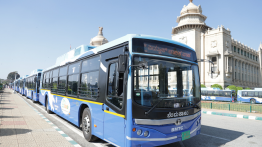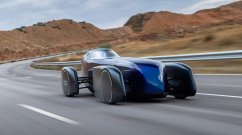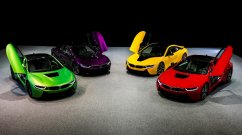It was the nineties when the seed of evolution of the Indian automobile industry was planted. Post the success of a handful of cars like Maruti Suzuki 800 and Hindustan Motors Ambassador, the Indian audience wanted something more and diverse, which led to the arrival of many premium and more technologically advanced cars from various old as well as new car makers. These cars introduced better build quality, more comfort and convenience features and a better balance of performance and economy, thus helping the Indian automotive scenario to evolve into a better industry.
Following is a list of five top cars which spearheaded the changes in the automobile industry in India and paved the path for better and highly advanced vehicles which we are seeing and experiencing nowadays:-
1. Opel Astra
The Opel Astra is highly revered as India’s first car which gave the taste of German engineering to masses. The most affordable German car in its time, the Opel Astra was launched in India back in 1996 as Opel’s first car as a part of its foray in the Indian market. The entry level sedan was highly praised for its impeccable build quality and premium interiors, which were quite way ahead of their times.

The Opel Astra was sold in India with two engine options. The petrol engine was a 1.6-litre unit which produced 77 PS of power and 121 Nm of torque. The second engine was a 1.7-litre diesel unit, which belted out 75 PS of maximum power and 167 Nm of peak torque. While the diesel engine was mated only with a manual gearbox, the petrol engine, in addition, was available with an automatic gearbox as well. In the late nineties, the Astra received a new premium ‘Club’ variant, which was equipped with premium features like a sunroof and integrated audio system. The Astra was finally discontinued in 2003 to make way for the Corsa sedan.
2. Maruti Zen
The Zen was Maruti Suzuki’s second hatchback offering after the 800, and was positioned as a more premium and youthful offering. With its bigger and more powerful engine and lightweight character, the Maruti Zen was targeted at those buyers who loved to be on the driver’s seat most of the times.

At the time of its introduction back in 1993, the Maruti Zen was blessed with a 1.0-litre three-cylinder petrol engine, which pumped out 50 PS of power and 78 Nm of torque. The MY2000 update saw power output being bumped up from 50 PS to 60 PS, while in addition, a 1.6-litre diesel engine too was introduced, which produced 58 PS of power and 89 Nm of torque. Before the end of the decade, there was also a 'Classic' version with a distinctive front-end introduced, something that didn't appeal many.
Maruti Suzuki shelved the Zen in 2006 and put it into the history books as one of the most loved entry-level hatchbacks in India at a time. The Zen was succeeded by an all-new model called Zen Estilo, which, however, failed to replicate the commercial success of its predecessor.
3. Tata Sierra
The Tata Sierra is touted to be the very first lifestyle compact SUV in the Indian market. Launched for the first time back in 1991, the Tata Sierra was basically a closed body version of the Tata Mobile pickup, which went on to evolve into the Tata 207 pickup. With its butch and raised stance, two door body and large side glasses, the Tata Sierra still manages to look unique and muscular even after almost three decades of its introduction.

The Tata Sierra, at the time of its launch, had a 2.0-litre Peugeot-sourced diesel engine under its hood, which at that time, had its maximum power output rated at 68 PS. The engine was later given a turbocharger in 1998, which raised the power output all the way up to 90PS. Apart from this, the Tata Sierra was also equipped with an optional four-wheel drive system with self-locking rear differential and front hubs with manual locking and unlocking.
4. Mitsubishi Lancer
The Mitsubishi Lancer arrived into the Indian market at that time when it was beginning to evolve into a more mature market which was open in accepting global cars which were more premium and contemporary. This Japanese sedan was launched in India in its sixth generation version all the way back in 1998. It instantly became a hit due to its sporty design, a powerful set of engines, great driving dynamics and excellent build quality.
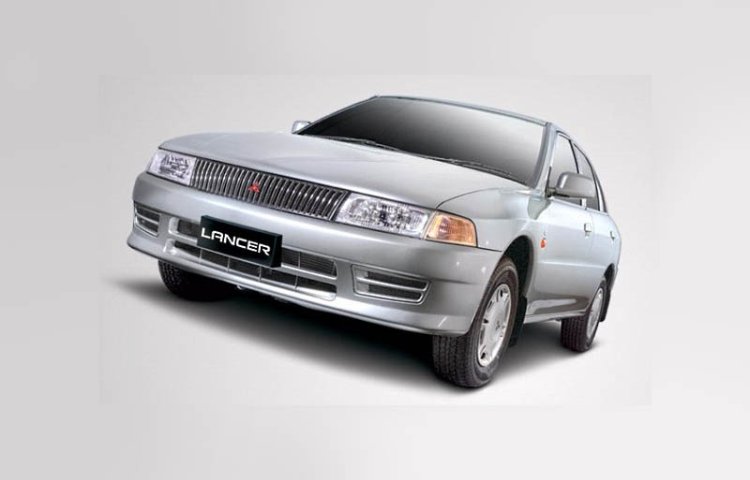
During the time of its launch, the Mitsubishi Lancer was offered with two engine options: 1.5L petrol and 2.0L diesel. While the 1.5-litre four-cylinder petrol engine pumped out 86 PS of power and 132 Nm of torque, the 2.0-litre four-cylinder petrol engine used to produce 68 PS of maximum power and 123 Nm of peak torque. The Lancer was eventually replaced by the Cedia in the Indian market, which never became that popular.
5. Tata Estate
Post the launch of Sierra in 1991, Tata Motors expanded its passenger vehicle lineup with the Tata Estate, its first-ever station wagon. Like the Sierra, the Estate too was based on the platform of the Tata Mobile pickup truck and it shared the 68 PS 2.0-litre Peugeot-sourced diesel engine with this model.
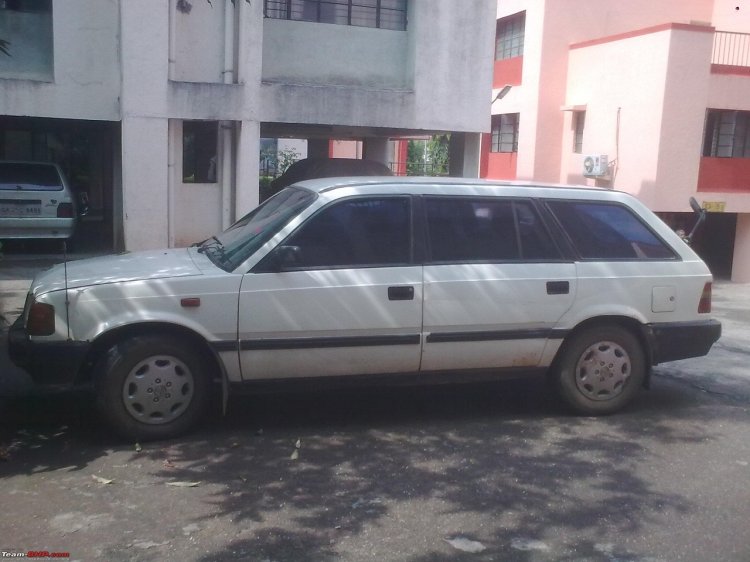
The Tata Estate sourced its inspiration from the station wagons of Mercedes Benz from the late eighties, and had a very spacious cabin as well as a great boot space. However, the car suffered from a lot of niggles like poor fuel efficiency, underpowered engine and faulty electronics, which led to its demise in 2000.
